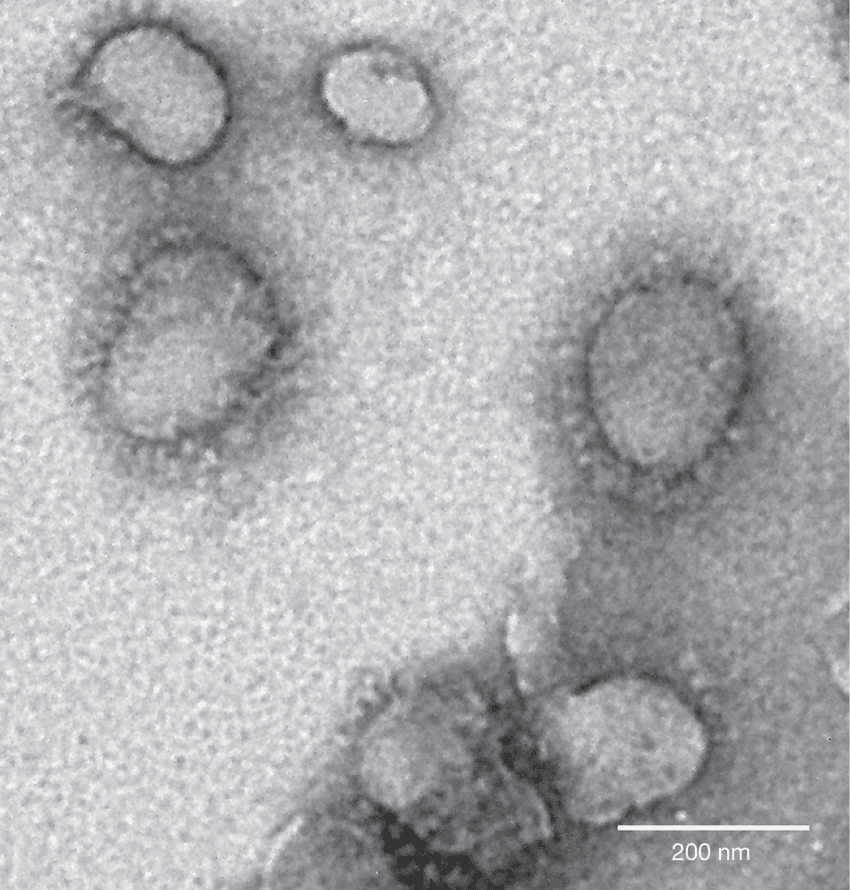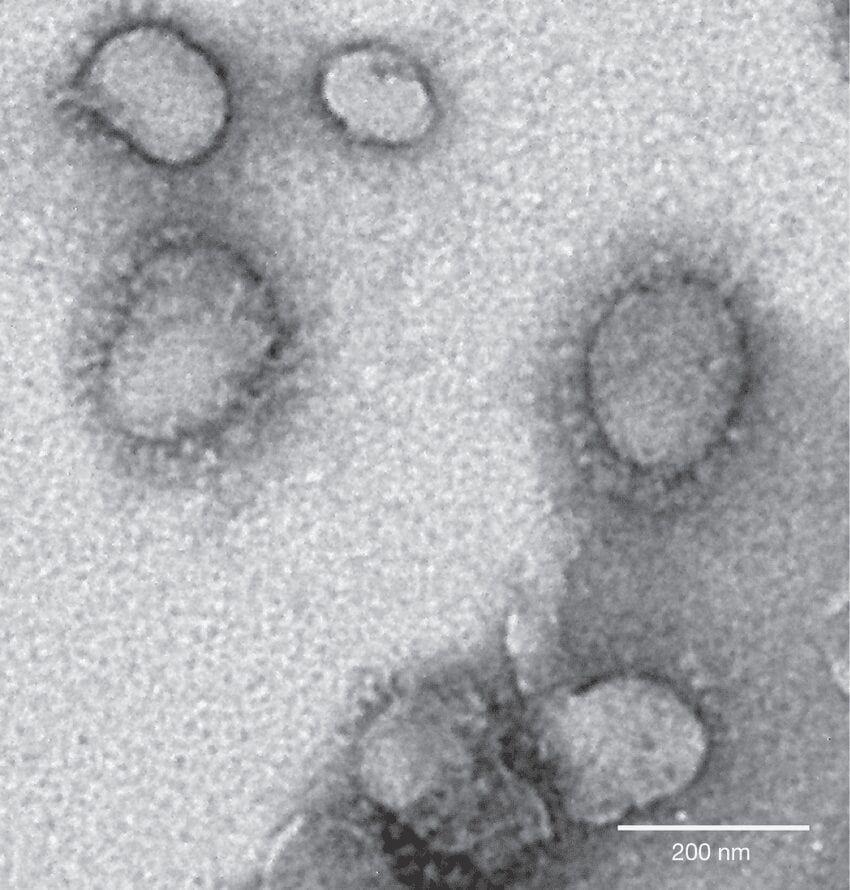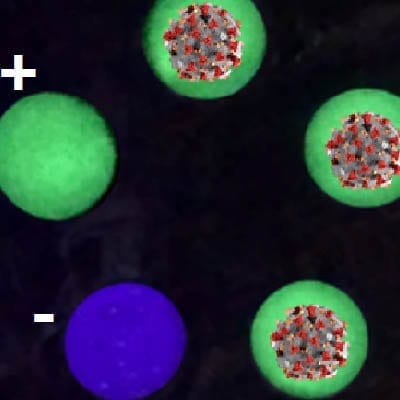
The new virus, known as WIV1-CoV, directly binds to the same human receptor as the SARS strain that infected thousands in 2002
A SARS-like virus found in Chinese horseshoe bats may be poised to infect humans without the need for adaptation, overcoming an initial barrier that could potentially set the stage for an outbreak according to a study at the University of North Carolina at Chapel Hill.
The work, led by Ralph Baric, Ph.D., professor of epidemiology at UNC’s Gillings School of Global Public Health, comes on the heels of two recent high-profile outbreaks – Ebola and Zika – for which there are no vaccines. The two outbreaks combined claimed thousands of lives and cost billions in foregone economic growth.
“The capacity of this group of viruses to jump into humans is greater than we originally thought,” said Vineet Menachery, Ph.D., the study’s first author. “While other adaptations may be required to produce an epidemic, several viral strains circulating in bat populations have already overcome the barrier of replication in human cells and suggest reemergence as a distinct possibility.“
Baric and Menachery worked with SARS-like coronavirus sequences isolated from Chinese horseshoe bats, where SARS originated. Based on the sequences, they reconstructed the viruses to evaluate their potential to infect human cells and in mice. They found that the newly identified virus, known as WIV1-CoV, could bind to the same receptors as SARS-CoV. They also showed that the virus readily and efficiently replicated in cultured human airway tissues, suggesting an ability to jump directly to humans.
“To be clear, this virus may never jump to humans, but if it does, WIV1-CoV has the potential to seed a new outbreak with significant consequences for both public health and the global economy,” said Vineet, whose work is reported in the Mar. 13 online version of the Proceedings of the National Academy of Sciences.
The research team also found that antibodies developed to treat SARS were effective in both human and animal tissue samples against WIV1-CoV, providing a potent treatment option if there were an outbreak. However, the limitation to treat with antibodies is the same as with ZMapp, the antibody approach used for Ebola: producing it at a large enough scale to treat many people. Also, in terms of prevention, existing vaccines against SARS would not provide protection for this new virus due to slight differences in the viral sequence.
SARS, short for severe acute respiratory syndrome, was first seen in an outbreak in 2002 and resulted in 8,000 cases and nearly 800 deaths. Spread through airborne contact, its onset presents symptoms similar to the flu with a dry cough but can accelerate rapidly to pneumonia, filling the lungs with fluid and putting extreme stress on the body’s immune system. According to the Centers for Disease Control and Prevention, SARS’ mortality rate can range from less than one percent in patients below 24 years old to more than 50 percent in patients aged 60 and older. Baric and his team believe that WIV1-CoV has the potential to induce similar results with proper adaptation to humans.
“This type of work generates information about novel viruses circulating in animal populations and develops resources to help define the threat these pathogens may pose to human populations,” Baric said. “It’s important to note that it’s not an approach that’s limited to SARS or SARS-like viruses. It can be applied to other emerging pathogens to helping us prepare for the next emergent virus, whether it be MERS, the Zika virus or something we haven’t even heard of yet.”
Learn more: New SARS-like virus is poised to infect humans
The Latest on: WIV1-CoV
[google_news title=”” keyword=”WIV1-CoV” num_posts=”10″ blurb_length=”0″ show_thumb=”left”]
via Google News
The Latest on: WIV1-CoV
- Coventry mum urges Sky Blues fans not to forget her son in emotional FA Cup pleaon April 20, 2024 at 5:00 pm
The mum of a young Coventry man is urging Sky Blues fans to show their support for him at Wembley today. Louis O'Brien-Smith is fighting a health battle and his mum Chantelle Spiers is desperate ...
- SARS-CoV-2 articles from across Nature Portfolioon April 19, 2024 at 4:59 pm
SARS-CoV-2 is a positive-sense single-stranded RNA virus. It is contagious in humans and is the cause of the coronavirus disease 2019 (COVID-19). Immunization via the respiratory route is ...
- Two Coventry men named and charged after man dragged from car in machete robberyon April 19, 2024 at 4:59 pm
Two men from Coventry have been charged after a man was allegedly 'threatened and robbed' with a machete. Police were called to Treherne Road in Radford on Tuesday (April 16). A man reported that ...
- Coventry woman faces animal cruelty chargeson April 19, 2024 at 8:47 am
Coventry police said Friday that a woman is facing animal cruelty charges after two of her dogs were found severely underweight. Police said they received a report of two stray, emaciated dogs ...
- Can Coventry keep epic FA Cup run going and beat Man United?on April 19, 2024 at 2:30 am
The FA Cup has an uncanny ability of creating lifelong memories, like the moment Coventry City and U.S. men's international striker Haji Wright conjured on March 16 at Molineux. It was the 10th ...
- New vaccine promises broad protection against SARS-CoV-2 and other sarbecoviruseson April 17, 2024 at 7:41 pm
Researchers at Georgia Tech and the University of Wisconsin have created a broad-spectrum vaccine capable of defending against various SARS-CoV-2 variants and related bat coronaviruses.
- Toward A Universal Covid Vaccineon April 10, 2024 at 9:54 am
1, BA.5, BA.2.75.2, and XBB SARS-CoV-2 variants, SARS-CoV, and bat coronaviruses SHC014 and WIV1. To maximize the universality of their vaccine, they used a Spike protein nanoparticle platform ...
- Inside the Coronaviruson February 3, 2024 at 9:56 am
In the graphics that follow, Scientific American presents detailed explanations, current as of mid-June, into how SARS-CoV-2 sneaks inside human cells, makes copies of itself and bursts out to ...
- Is SARS-CoV-2 a Superantigen?on March 28, 2022 at 5:01 pm
Some of the key factors that surfaced in previous studies, such as post-SARS-CoV-2 autoantibodies, activation, depletion of T-cells, and presentation of MIS-C, have indicated SARS-CoV-2 to be a ...
via Bing News











